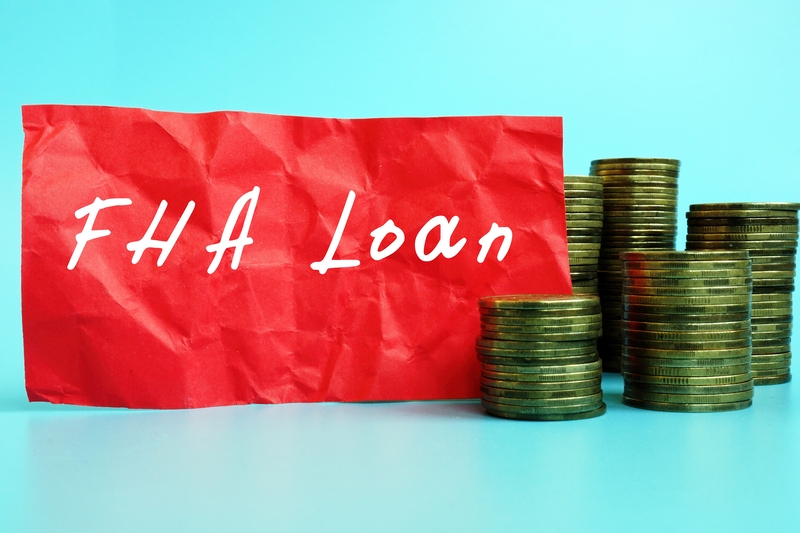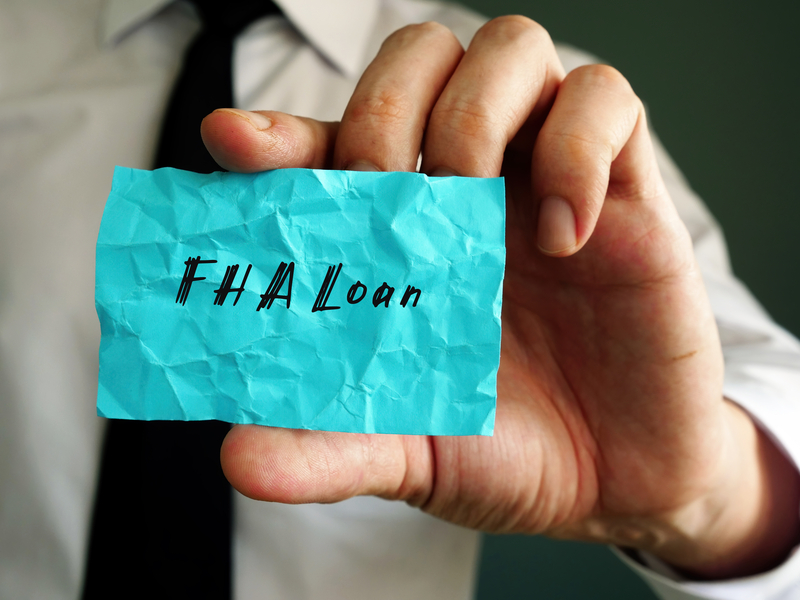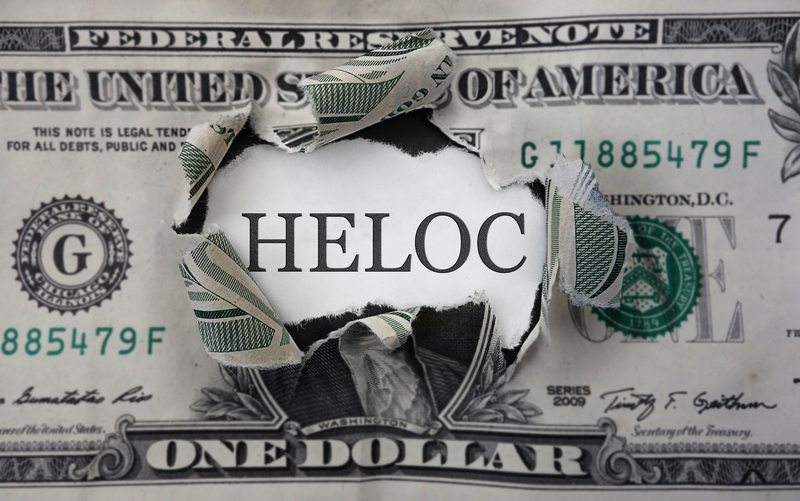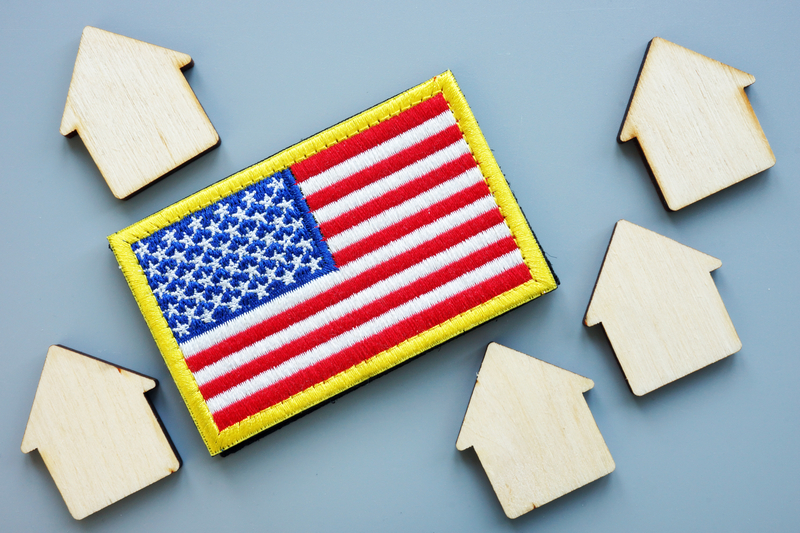The Great Depression of the 1930s changed much of the social face of the United States, and it also changed the financial structure of the banking system. For instance, the FHA Loan is a Federal Housing Administration mortgage loan with mortgage insurance to protect lenders when a home may foreclose.
During the Depression when many homes were foreclosed on, the lenders would not have insurance to cover their financial losses. The FHA enables the lenders to have their finances covered in the event that the home forecloses. It does not simply cover all real estate, but allows first time homebuyers to purchase a home with a lower interest rate.
According to the FHA website, in order to put down a ten percent down payment, one would need a FICO score between 500 and 579, and anything above a 580 score would allow the applicant a 3.5 percent down payment on a home of their choosing. The person borrowing the funds would also need to establish this home as their primary residence, thus keeping real estate investors from taking advantage of the benefits.
As with any property one rents or buys, a steady income and proof of employment must be provided. The borrowers debt to income ratio must be greater than 43 percent, meaning that percent of the money going towards debt cannot be more than 43 percent of the overall income. This is another buffer to make sure that a borrower is unlikely to fall behind in payments. Interestingly enough, the FHA loan allows borrowers who have foreclosed or suffered from bankruptcy still be able to receive a loan as low as 3.5 percent, if they meet the mark.
For young people who have not been able to save up enough money for a larger deposit on a home, the FHA loan enables them to still be able to purchase their first home. If they have decent credit and reliable income then they are more likely to be approved for this type of loan, than a more traditional loan.









